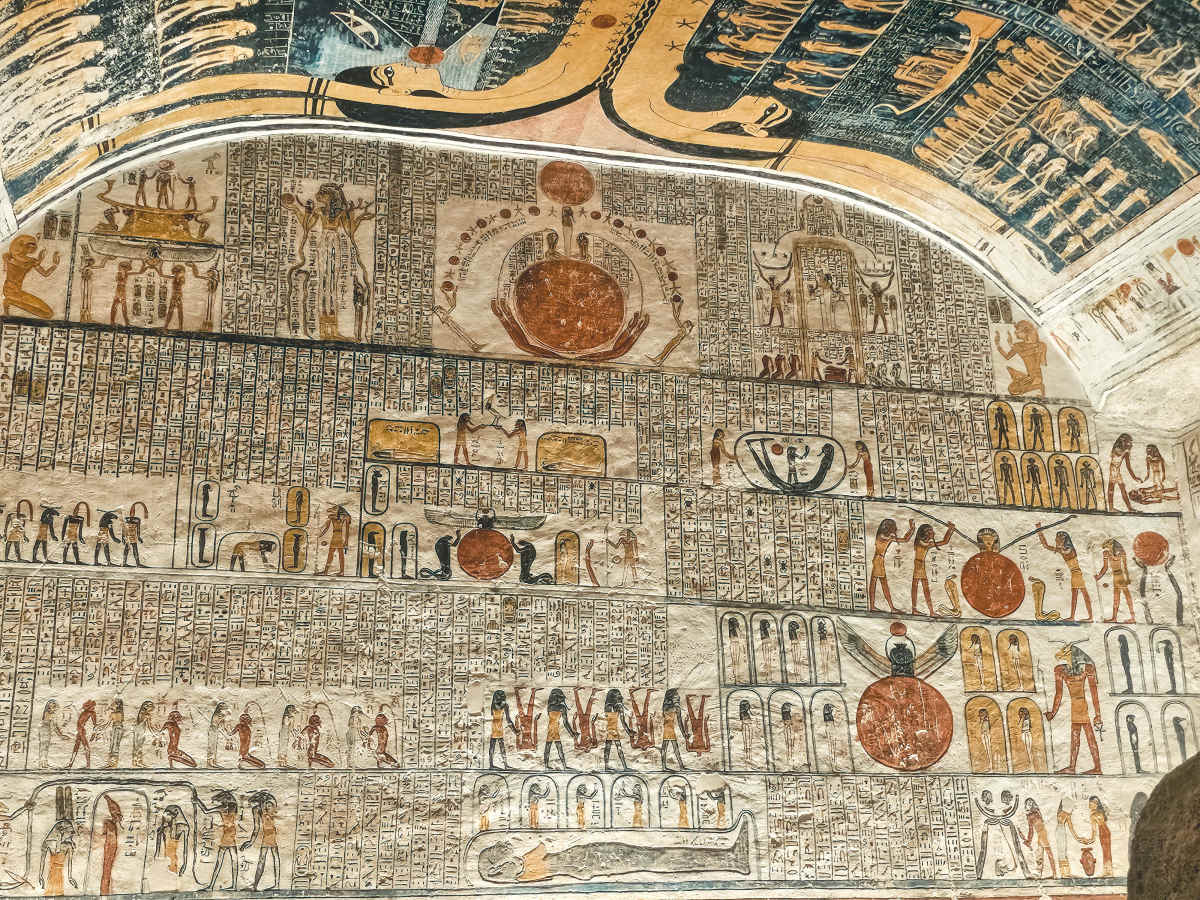Discovery of 4,000-year-old 3D mural in Peru will help researchers learn about early formation period of the Americas

A stunning mural with features like a three-dimensional (3D) appearance has been unearthed in Peru by archaeologists. It was excavated from the Huaca Yolanda site in the Tanguche valley, in Peru's La Libertad region, according to The Guardian. This mural was supposedly a part of the interior decoration for a temple courtyard. Researchers believe that the discovery will enhance their understanding of the first civilization that lived in the Americas. Experts believe the designs reflect the social structures that were in place during the years between 2000 and 1000 BC.

Features of the '3D' Mural
Archaeologists found the mural on what they initially believed to be a 10-by-20 feet (three-by-six meter) wall, according to The Morning News. Upon first glance, the double-sided mural appeared to be multicolored with some stunning illustrations. Researchers claim that at the center of the object is a design featuring a massive bird of prey with outstretched wings and a head covered with a crown. This crown was composed of diamond motifs, which visually link the mural's north and south corners. Along with the bird, they found a representation of nets, fish, stars, and mythological beings.

Experts could detect the use of colors like blue, yellow, black, and red. Ana Cecilia Mauricio, the lead archaeologist on site, explained that the designs showcased the social hierarchy prevalent in those times. The design also stood out from similar murals found in Chavín de Huántar, another pre-Hispanic site, according to Live Science. This mural exhibited a coastal artistic tradition, not present in the illustrations by agriculturally dominant communities at the Chavin site.
🔥3,000-Year-Old Mural Unearthed in Peru
— History Content (@HistContent) September 1, 2025
Archaeologists in Peru uncovered a vividly colored 3,000-year-old mural at Huaca Yolanda, depicting fish, stars, shamans, and cosmic symbols. Its unique coastal style and remarkable preservation make it one of the most striking finds of… pic.twitter.com/mUhfgN9naG
Reflection of Social Hierarchy
Mauricio thinks that the mural gives an insight into what coastal communities in Peru's formative period were thinking. Societies were getting more complex, turning into civilizations, and certain hierarchies had entered the system. A carving on the mural shows the transformation of a human into a bird, possibly hinting towards the most important people of that period, the shamans and priestesses. These spiritual experts acted as early scientists and instructed people based on their knowledge of astronomy and plants. This depiction puts the priests on top of the societal chain.

Site's Present Challenges
Past studies have shown pre-Hispanic Peru as the birthplace of civilizations. To date, over 100,000 archaeological sites belonging to early civilizations have been found in the area. The diverse designs, like fish and stars together, hinted at the cosmovision. These individuals lived amongst the fish and other natural components, but still looked at the sky for guidance. All these factors played pivotal roles in shaping their beliefs. It is vital for researchers to carefully explore sites such as Huaca Yolanda.

However, this pursuit is becoming challenging due to dangers from advancing agriculture, looting, and urban development. These actions have already destroyed several ruins at Huaca Yolanda, which possibly could have provided important insights about the beginning of the Americas. Considering that the site still has no protection from Peru's culture ministry and regional authorities, indicates that the problem is going to become bigger in the future.